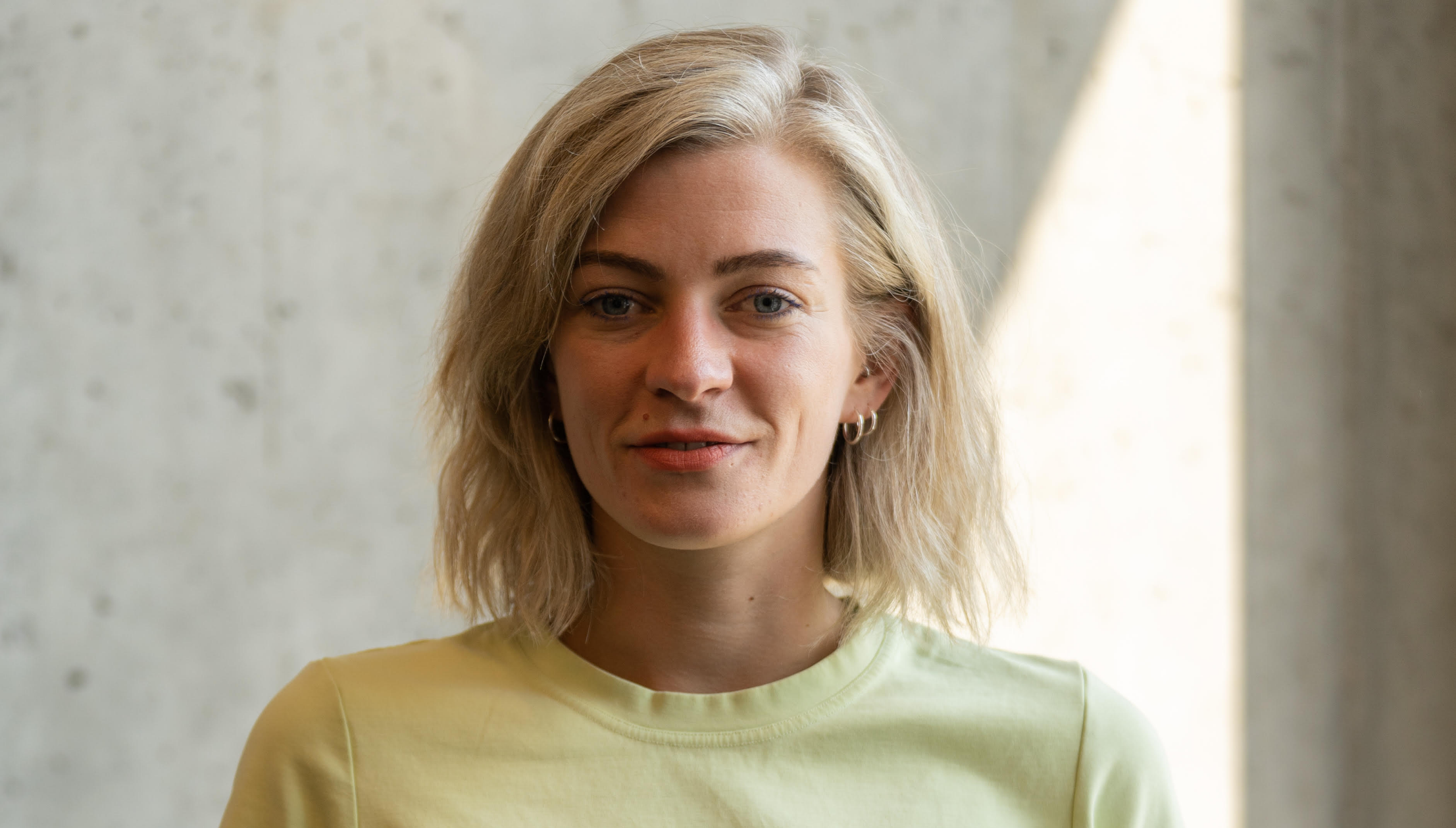Making sense of our connected world
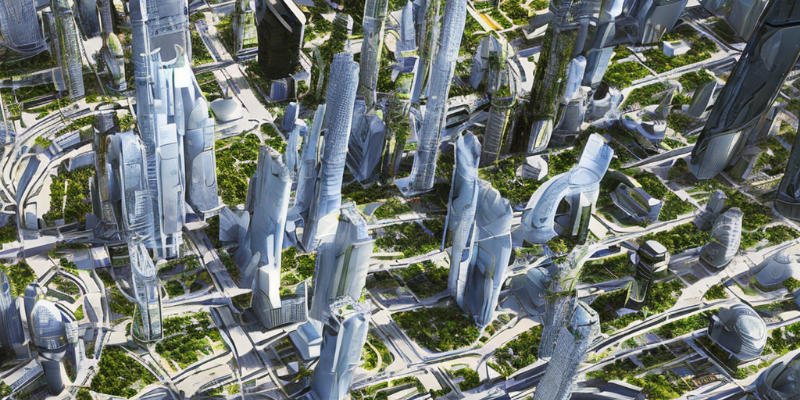
Honey, we need to talk about the future
In a world balancing between crisis and transformation, we need to infuse public dialogue with new visions of the future. Using (critical) futures studies and futures literacy, we can challenge the status quo and invite a diversity of voices to imagine and redefine what lies ahead. Beyond academia, this is a call to action to see the future as a canvas for imagination that requires collective effort. The ‘Making Sense of the Future’ toolkit, based on futures studies methods, provides an introductory pathway to futures thinking. This blog post explains the theoretical underpinning on which the toolkit is centred and briefly outlines its practical exercises.
Images of “the future”
Amidst a multiplicity of crises and challenges — ranging from pandemics and escalating inequality to climate emergencies and digital transformation – we have entered an era of unparalleled uncertainty. The once-optimistic projections of a future of prosperity, sustainability, and the absence of war and poverty promised by the narrative of scientific progress and technological salvation are fading.
From pop culture to politics, the concept of ‘the future’¹ has become a contested terrain. Silicon Valley’s tech elites and influential institutions often hold the reins. Their narrow visions, whether apocalyptic or utopian, set the agenda and frame our collective imaginations of what’s to come. Yet, such projections, while widespread, rarely take into account diverse perspectives. Against this backdrop, the call for a critical reassessment of our relationship with the future grows louder. There is a pressing need for inclusivity in our collective imagination, aiming to ensure more democratic and reflective participation in its construction.
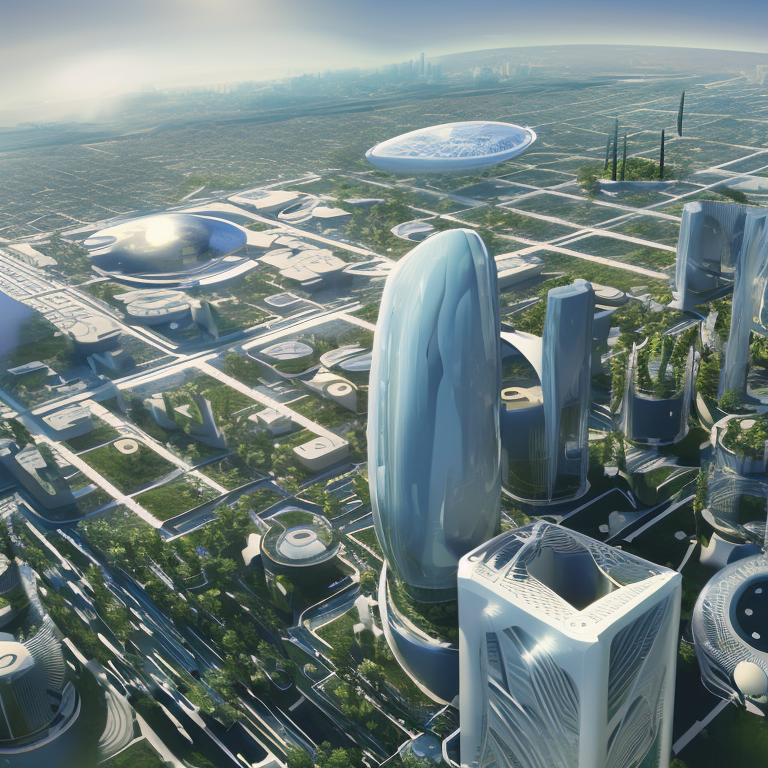
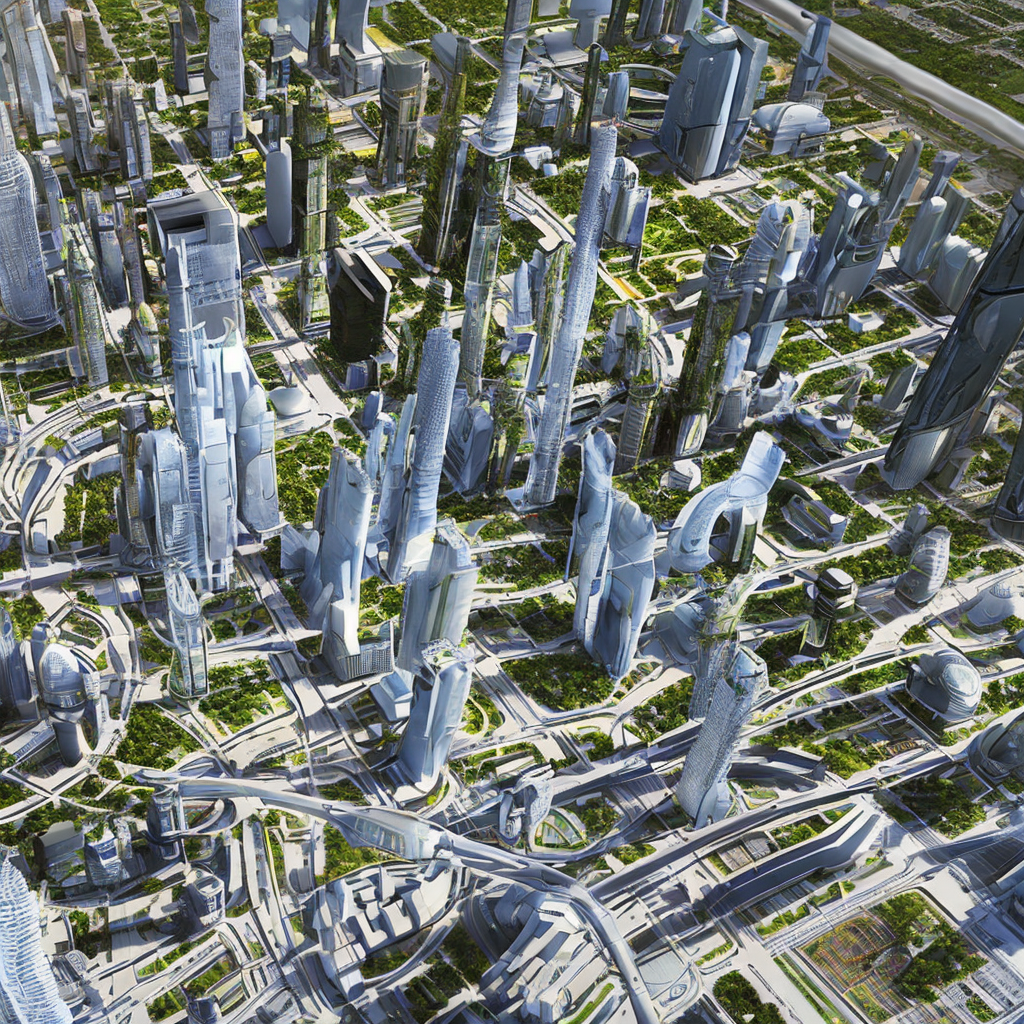
Beyond Prediction: Futures Literacy and Critical Futures Studies
In navigating the complex terrain between apocalyptic and utopian visions that permeate our cultural landscape one might wonder: in what other ways can the future be imagined today?
Futures studies is concerned with this question, seeking to discover not only what futures are possible, desirable or probable, but also how they are currently imagined and how they might be reshaped. As Kreibich outlines, this academic field explores a spectrum of futures, while critical futures studies deconstructs and reconstructs ‘present futures’ – the ways in which the future is imagined in the present.
Unsurprisingly, the images of the future we hold today reveal less about future events than about the present: desires, interests, needs and visions of contemporary society that are reflected in these future projections. This reflection on ‘present futures’ invites us to confront the limitations and assumptions within public discourse, challenging us to envision a broader array of possible futures. By considering futures as ‘critical’ we acknowledge the role of worldmaking in the face of multiple planetary crises as a matter of urgency and risk.
As Azoulay (2018) reminds us, “There can be no assurances that the choices we make today will create a better tomorrow — but we can become better able to harness our imagination to grasp the potential of the present and craft ways to act that are consistent with our values”. This conviction is at the center of the concept of ‘Futures Literacy,’ which was developed by Riel Miller and institutionalized through his work at Head of Foresight and Futures Literacy at UNESCO.
Futures literacy is the ability to ‘use the future’ in multiple ways, which marks it as a critical competence. It encompasses the ability to engage with the future, not just as a speculative or predictive exercise. Rather, it involves the utilisation of our understanding of potential futures to inform present actions. This makes it a vital skill for navigating the complexities of the contemporary world and democratising the creation of imagined futures.
→ Video: https://www.youtube.com/watch?v=q-Fmd21Jopo
Exploring alternative Futures and crafting desirable Futures – a toolkit
“The future is not out there. It is here and now, and it shapes our present as well as our imagination” (Miller and Tuomi 2022).
By engaging with futures thinking in ways that are both imaginative and grounded in scientific enquiry, the toolkit ‘Making Sense of the Future’ sets out to challenge the binary of utopian versus dystopian futures. On the contrary, it is intended to help question existing future visions and allow for the articulation of alternative, preferable futures. Yet, the creation of alternative futures requires more than just wishful thinking: to practise imagining futures that are more inclusive, sustainable and reflective of diverse perspectives and realities, the open educational resource combines and adapts creative exploration, critical analysis, as well as methods from futures studies.
Based on Sohail Inayatullah’s Causal Layered Analysis, the ‘Transform Future Language’ exercise encourages participants to dissect metaphors and narratives, revealing the linguistic underpinnings that shape our visions of the digital future. This deep dive into language and metaphor illuminates hidden assumptions and encourages the creation of new metaphors and visions.
The interactive exercise ‘Answer by moving’, adapted from Stuart Candy’s und Peter Hayward’s “Polak Game” serves as a tool for externalising participants’ deeply held beliefs about the future. This exercise is not just about reflecting on personal visions; it invites participants to share and engage with the diverse futures of others, bringing to light the emotional and often unspoken values that shape our views of what lies ahead. The toolkit encourages imaginative and diverse technological and societal pathways by guiding participants to question assumptions, envision future scenarios, and develop digital futures using emancipatory methodologies such as Robert Jungk’s Future Workshop (‘Criticize your Utopia’).
‘Making Sense of the Future’ is designed with varying complexity levels and combines two focal points: improving futures literacy and exploring digital futures. Futures literacy is essential in reducing sense-making crises by d guiding towards the creation of preferred futures. The different exercises aim to enhance our imagination and, importantly, inspire critical thinking about dominant visions of the future while considering emancipatory, intersectional, sustainable and just digital futures.
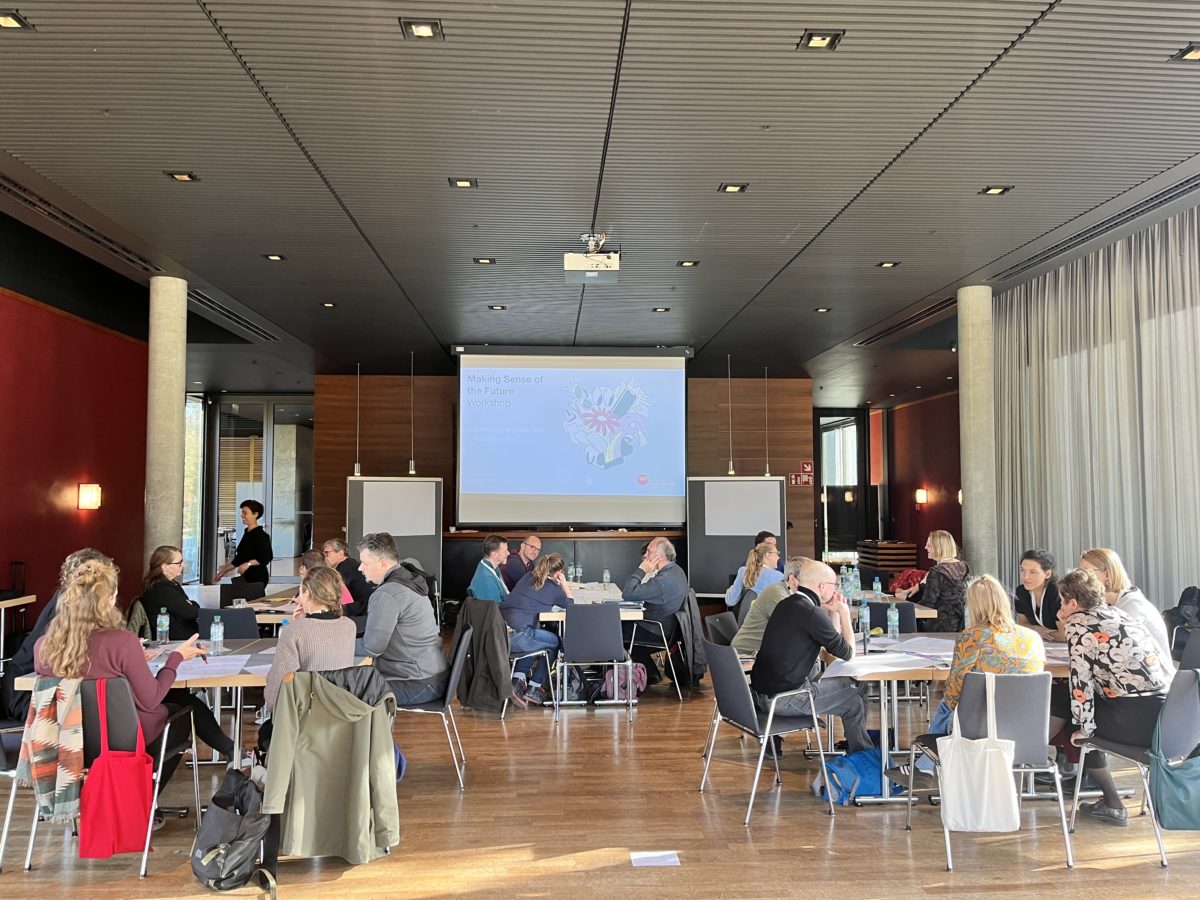
Democratisation of Futures
A critical examination of power and narratives is essential in times of fake news and polycrises. It is crucial that we democratise the shaping of the future in such a way that a multiplicity of voices and decision-makers can actively participate in shaping futures. This strengthens our ability to master the challenges of the present and to face an uncertain future creatively and confidently. This approach to the future of digitalisation stands in contrast to a deterministic and technocratic ethos that would prefer to leave the shaping of the future to the experts.
¹ Viewing ‘the future’ as singular limits perspective; recognizing there are multiple possible futures fosters the creation of alternatives to the prevailing status quo.
References
Azoulay, A. (2018) Foreword. In: Miller, R. (Ed.) Transforming the Future: Anticipation in the 21st Century. Routledge.
Bisht, P. (2017). Decolonizing futures: Exploring storytelling as a tool for inclusion in foresight. Master’s Thesis, OCAD University. Available at: http://openresearch.ocadu.ca/id/eprint/2129/1/Bisht_Pupul_2017_MDES_SFI_MRP.pdf [Accessed 23 February 2024].
Candy, S. & Hayward, P. (2017) The Polak Game, Or: Where Do You Stand? Journal of Futures Studies, https://jfsdigital.org/articles-andessays/2017-2/the-polak-game-or-where-do-you-stand
Fischer, N. & Marquardt, K. (2022). Playing with Metaphors. Connecting Experiential Futures and Critical Futures Studies. Journal of Futures Studies. Available at: https://jfsdigital.org/2022-2/vol-27-no-1-september-2022/playing-with-metaphors-connecting-experiential-futures-and-critical-futures-studies/ [Accessed 22 February 2024].
Gidley, J. (2017) The Future: A Very Short Introduction. Oxford: Oxford University Press.
Gümüsay, A. & Reinecke, J. (2021) Researching for Desirable Futures: From Real Utopias to Imagining Alternatives. Journal of Management Studies. Available at: https://onlinelibrary.wiley.com/doi/pdfdirect/10.1111/joms.12709 [Accessed 28 February 2024].
Goode, L. & Godhe, M. (2017). Beyond Capitalist Realism – Why We Need Critical Future Studies. Culture Unbound, 9(1), 108–129. https://doi.org/10.3384/cu.2000.1525.1790615
Grunwald, A. (2009) ‘Wovon ist die Zukunftsforschung eine Wissenschaft?’ in Popp, R. and Schüll, E. (eds.) Zukunftsforschung und Zukunftsgestaltung. Berlin Heidelberg: Springer, pp. 25– 35. Available at: https://doi.org/10.1007/978-3-540-78564-4_3
Inayatullah, S. (1998) ‘Poststructuralism as method’, Futures, 30(8), pp. 815–829. Available at: https://www.sciencedirect.com/science/article/abs/pii/S001632879800086X
Inayatullah, S. (2008). Six pillars: futures thinking for transforming. Foresight, 10(1), 4–21. https://doi.org/10.1108/14636680810855991
Inayatullah, S., Izgarjan, A., Kuusi, O., & Minkkinen, M. (2016). Metaphors in futures research. Futures, 84, 109–114. https://doi.org/10.1016/j.futures.2016.04.004
Kreibich, R. (2006). Zukunftsforschung ArbeitsBericht Nr. 23/2006. Berlin: Institut für Zukunftsstudien und Technologiebewertung. Available at: https://ams-forschungsnetzwerk.at/downloadpub/IZT_AB23.pdf
Miller, R. (2018) Transforming the Future: Anticipation in the 21st Century. Routledge.
Miller, R. & Tuomi, I. (2022) Making the futures of AI in education: Why and how imagining the future matters. European Journal of Education, 57(4), 537–541. https://doi.org/10.1111/ejed.12529
Morozov, E. (2013). To Save Everything, Click Here: The Folly of Technological Solutionism. New York: Public Affairs.
Mosco, V. (2004). The Digital Sublime: Myth, Power, and Cyberspace, Cambridge, MA: MIT Press.
Sample, I. (2018) ‘Elon Musk: we must colonise Mars to preserve our species in a third world war’. The Guardian. Available at: https://www.theguardian.com/technology/2018/mar/11/elon-musk-colonise-mars-third-world-war
This post represents the view of the author and does not necessarily represent the view of the institute itself. For more information about the topics of these articles and associated research projects, please contact info@hiig.de.

You will receive our latest blog articles once a month in a newsletter.
Open higher education
The Human in the Loop in automated credit lending – Human expertise for greater fairness
How fair is automated credit lending? Where is human expertise essential?
Impactful by design: For digital entrepreneurs driven to create positive societal impact
How impact entrepreneurs can shape digital innovation to build technologies that create meaningful and lasting societal change.
Identifying bias, taking responsibility: Critical perspectives on AI and data quality in higher education
AI is changing higher education. This article explores the risks of bias and why we need a critical approach.
